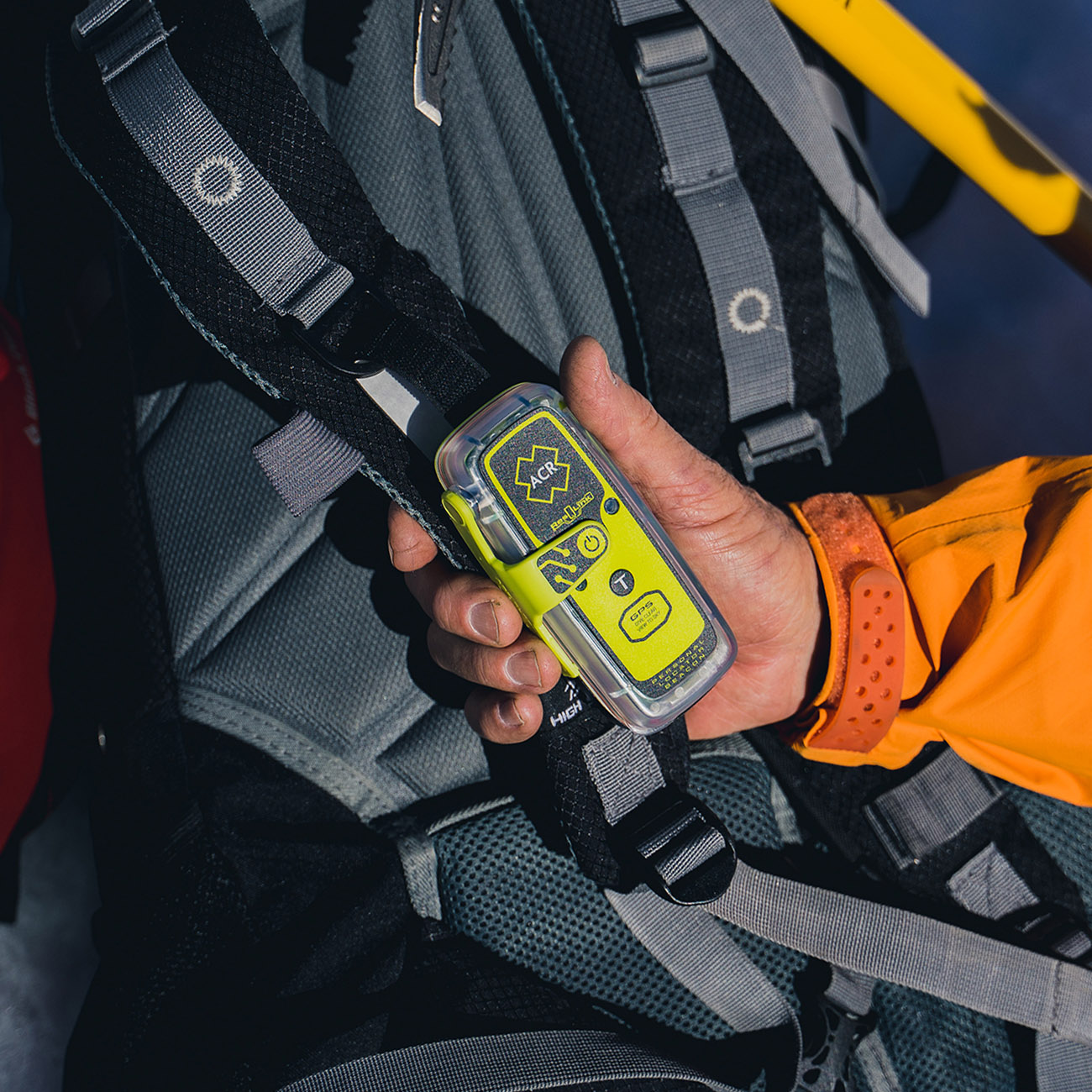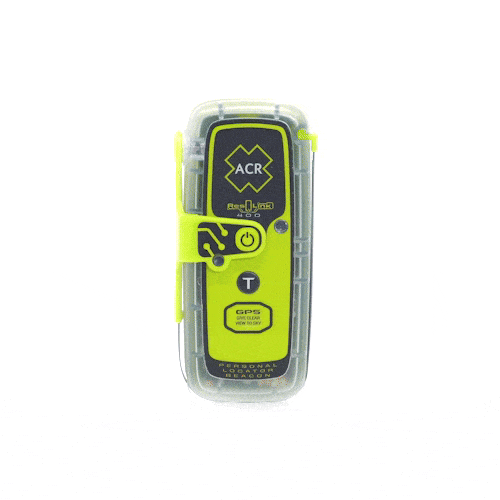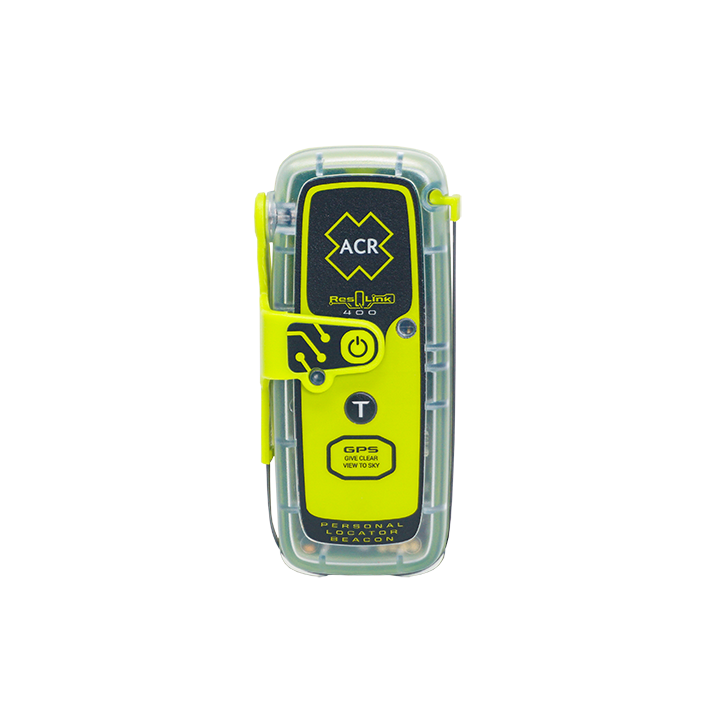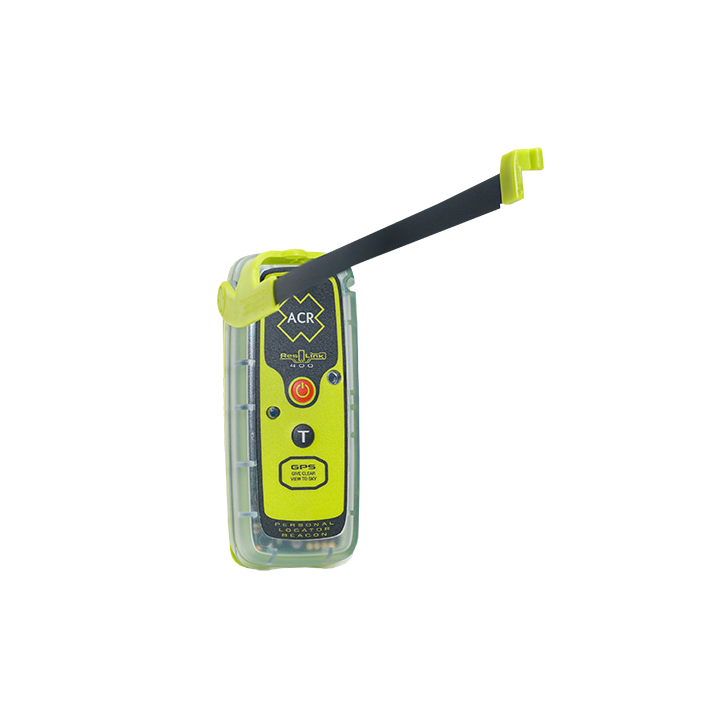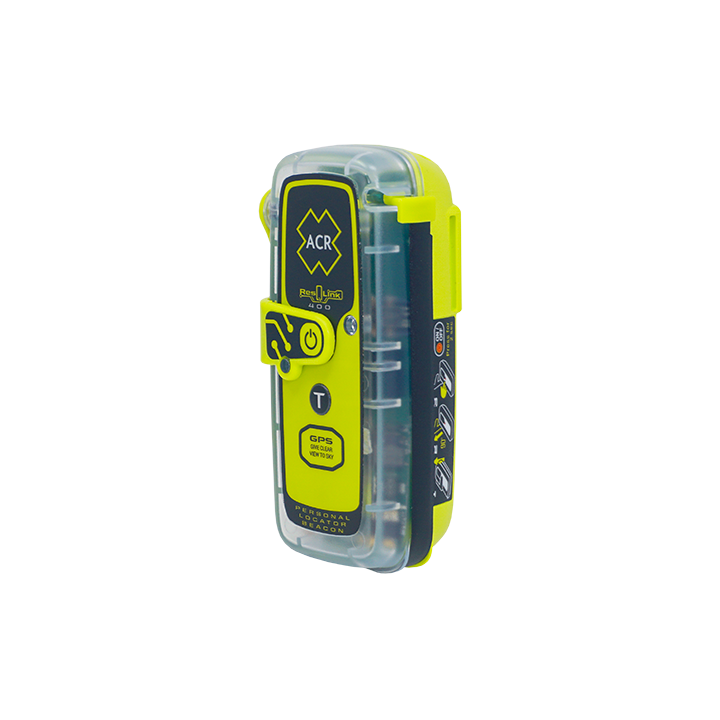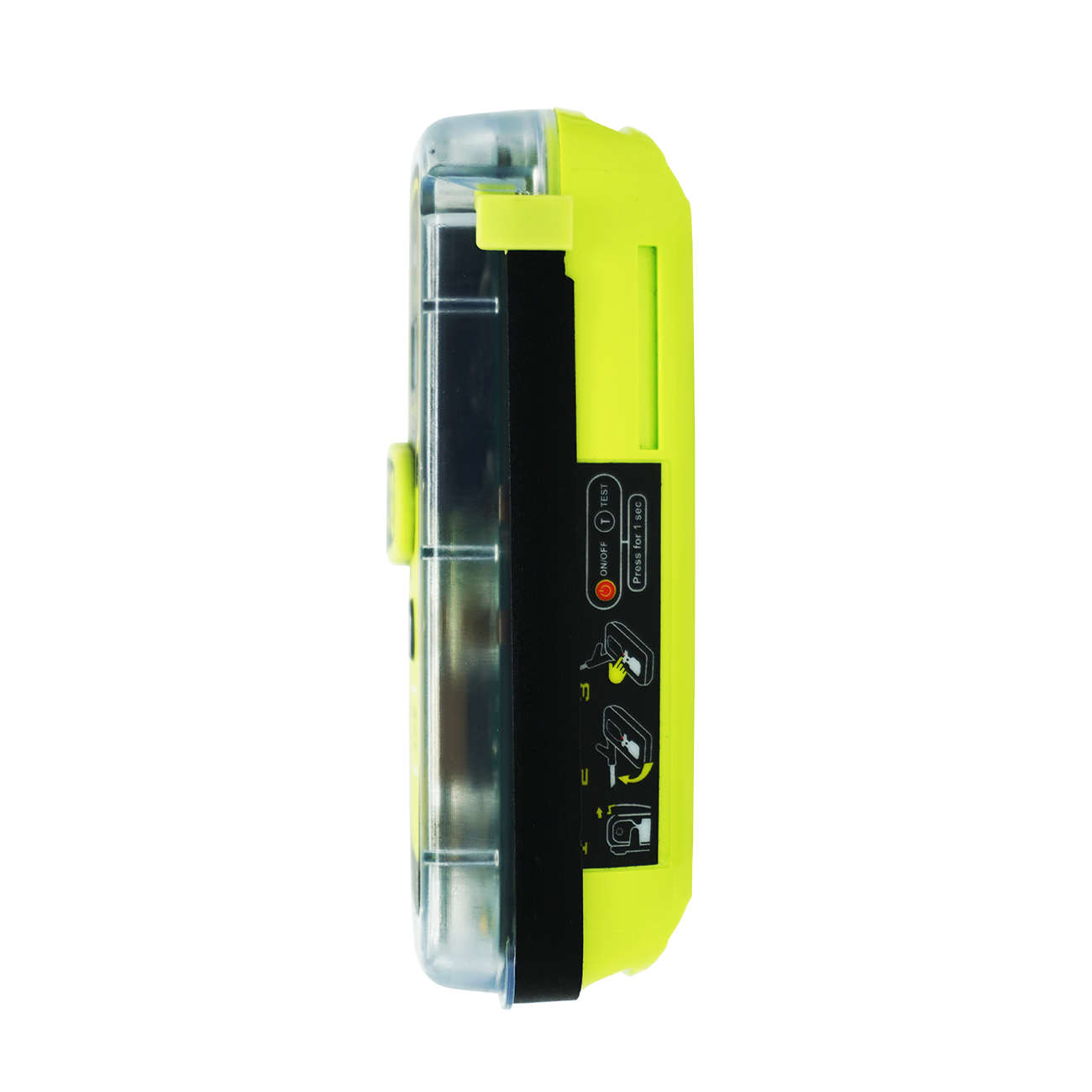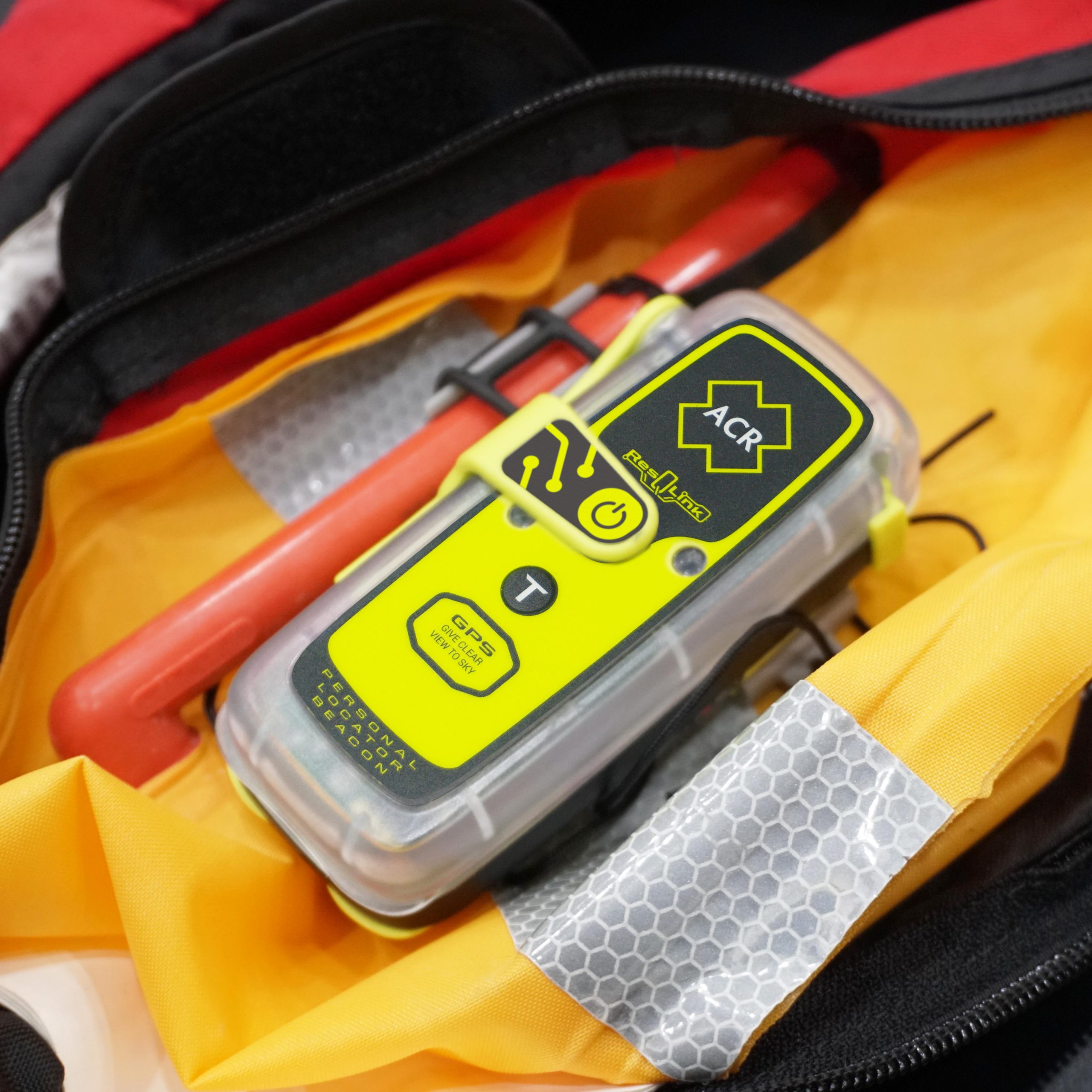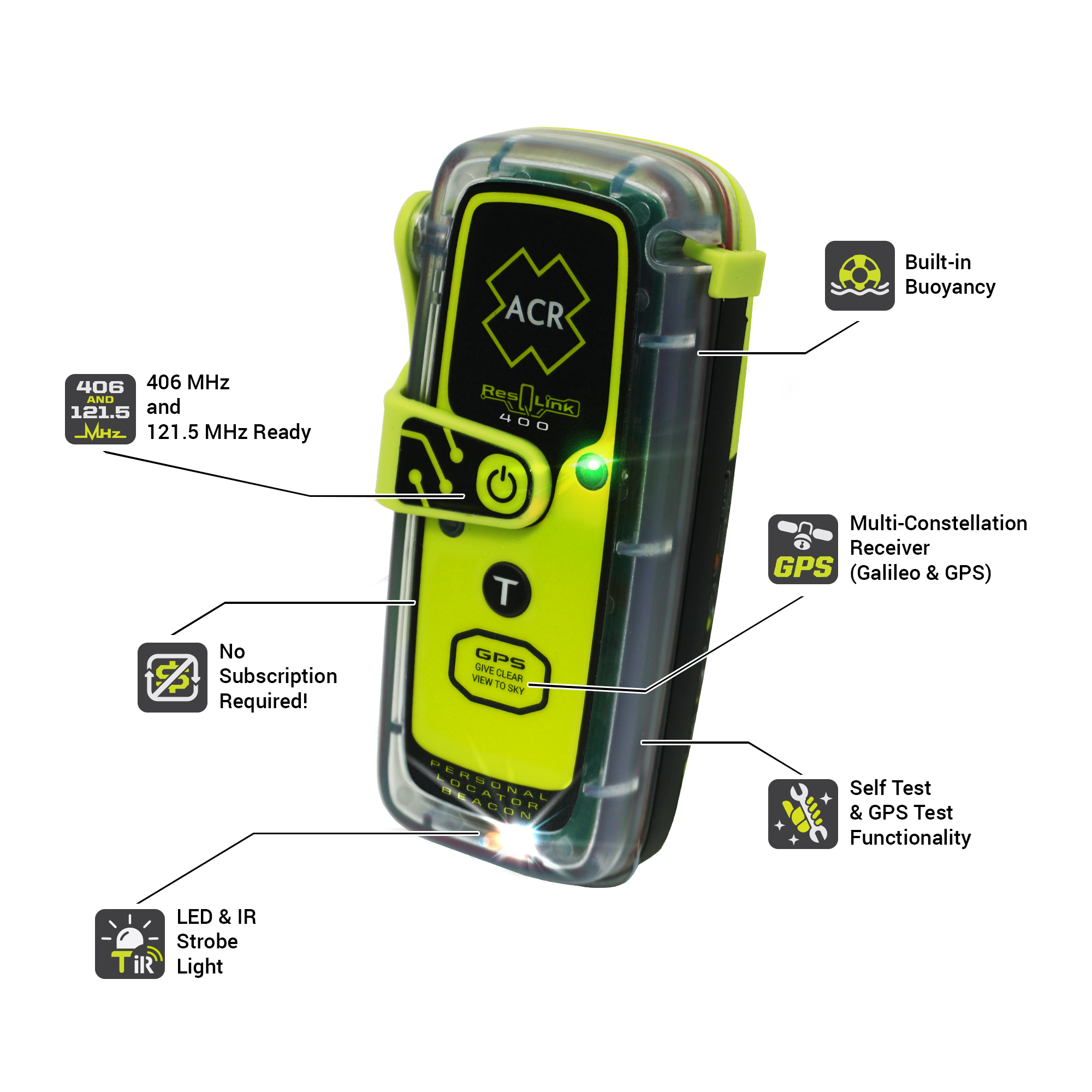
Lives saved
1

Hiking
Canyon

Medical emergency
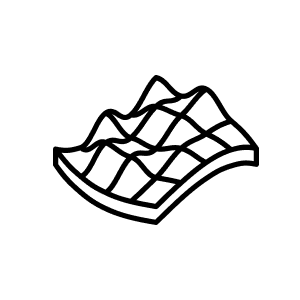
Challenging Terrain
Surviving South Canyon: A Fractured Wrist, a Beacon, and a Lifesaving Helicopter Rescue
36.485515626037°N, -111.89866796221°W
Posted on May 16, 2024 by Diane
What happened?
We were spending the final night of a multi-day backpacking trip in a remote side canyon of the Grand Canyon called South Canyon.
Despite being highly experienced off-trail hikers (John has backpacked there about 40 times, and Diane about 20), this was one of the toughest hikes we’ve ever done. The initial part of the “trail,” which we had to follow back to the rim the day after the incident occurred, was extremely challenging. On the way in, it took us 2 hours to descend maybe 1 mile of trail with a 1000-foot vertical drop. It included numerous Class 4 climbing moves, where any slip could have been fatal.
I describe the difficulty of this trail to emphasize how serious even a relatively minor injury can be in such unforgiving terrain.
On the last night of the hike, while we were relaxing around camp, Diane stumbled, caught herself with her hand, and fractured her wrist (she has WFR training, and it was obvious). Since it was dark and we didn’t want to subject the Search and Rescue personnel to undue risk, we waited until the next morning to activate our ResQLink 400 PLB.
A couple of hours later, a small helicopter arrived, landing on a small “bench” near our campsite. The pilot and two wilderness EMTs hiked to us and assessed the situation. Determining that Diane could safely hike to the helicopter with minimal assistance (no climbing required), we hiked to the chopper and enjoyed a quick but exhilarating flight to the rim and medical care.
Attempting the hike out with Diane’s left hand completely non-functional would have invited almost certain disaster. Thank you ACR.
Words of wisdom
Don’t ever assume a hike is too easy for you to take basic precautions such as telling a trusted friend when to expect you to check-in upon your return and/or carrying some sort of rescue beacon (ACR ResQLink weighs only 4oz).
Thank you note
Your beacon worked perfectly, summoning the helicopter which carried us to safety.
Rescue location
858CF4P2+6G
Rescue team
Grand Canyon Search & Rescue
ResQLink™ 400 Personal Locator Beacon
Go to product details$379.95 – $554.95
Small but resilient, the ResQLink 400 has been professionally engineered and tested to ensure it can withstand even the harshest elements. This buoyant Personal Locator Beacon requires no subscription for use and can be utilized to enhance your safety in a wide variety of environments. Whether on land, at sea, or in the air, trust that the ResQLink’s satellite precision and military durability, put rescue in the palm of your hands.
Features and Benefits:
- No Subscription Required
- GPS and Galileo GNSS
- Built-In Buoyancy
- Strobe and Infrared Strobe
- Global Coverage
- MEOSAR Compatible
- Small and lightweight
- 5-year battery life
- 24+ hours Operational Life**
- Multi-function Clip System Included



